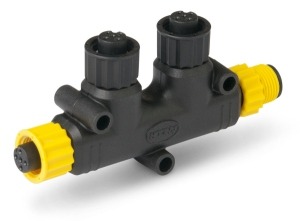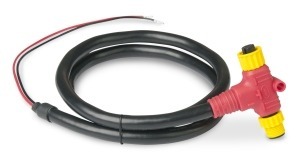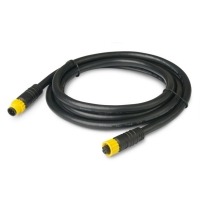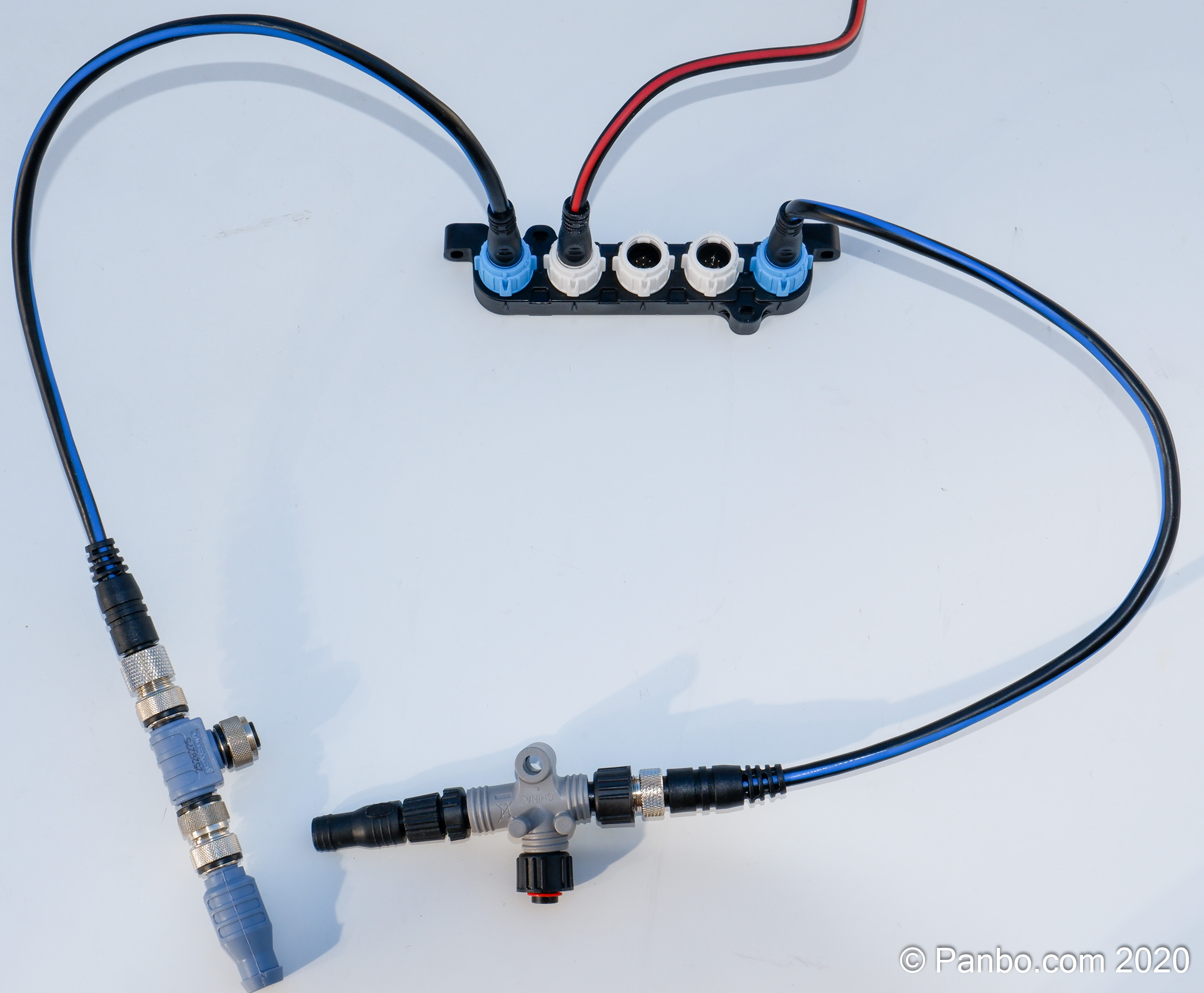Basic, basic question.
Do I have to run an individual drop cable to every single device on the network?
Can I not run a single drop cable to rear of boat where the dome for anemometer is to be located (which came with its own drop cable and tee), and then run a drop cable from that tee to the pilot?
Most diagrams show the plotter as part of the network but buddy say plotter draws too much current and needs its own power source. Yes/no?
Do I have to run an individual drop cable to every single device on the network?
Can I not run a single drop cable to rear of boat where the dome for anemometer is to be located (which came with its own drop cable and tee), and then run a drop cable from that tee to the pilot?
Most diagrams show the plotter as part of the network but buddy say plotter draws too much current and needs its own power source. Yes/no?






